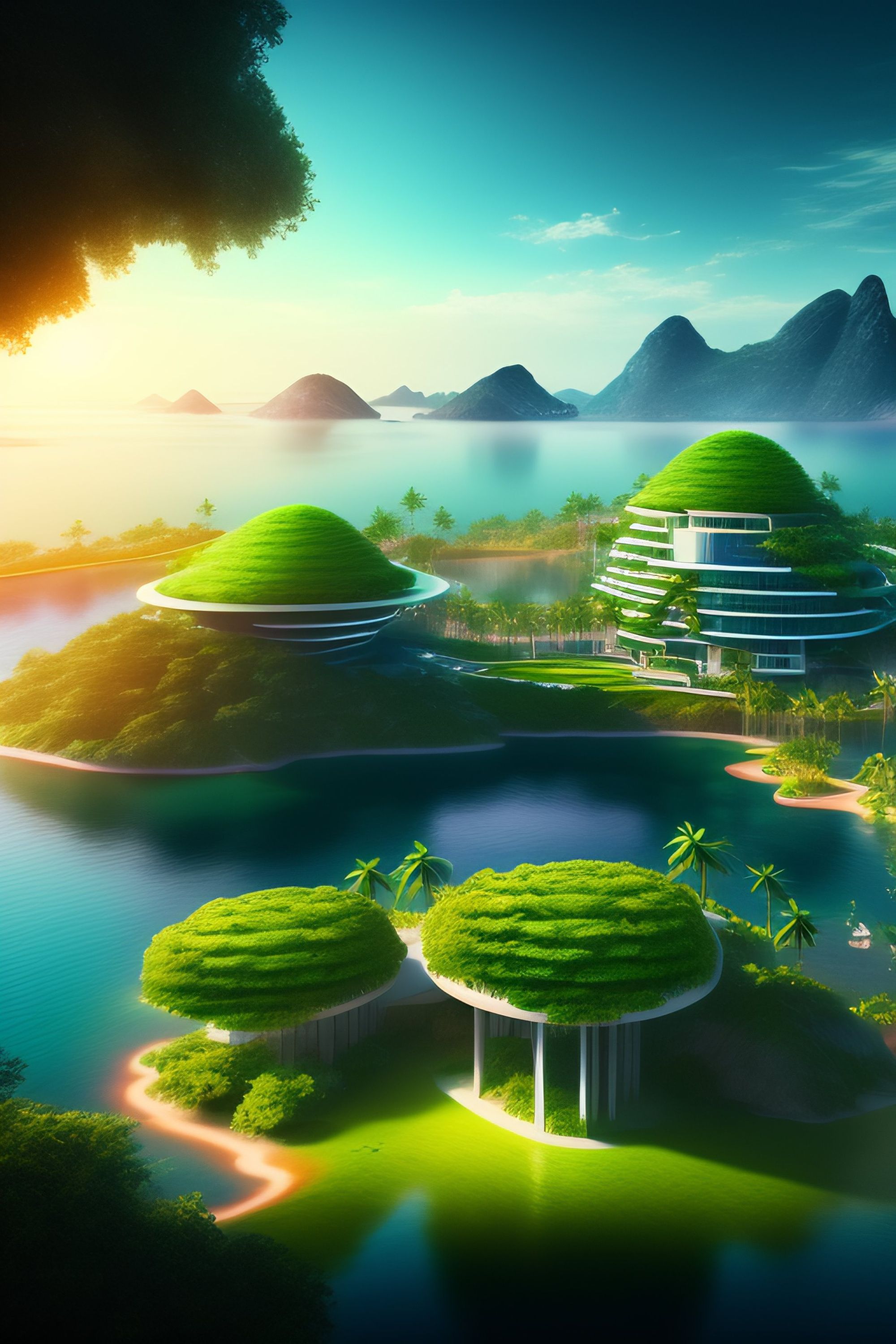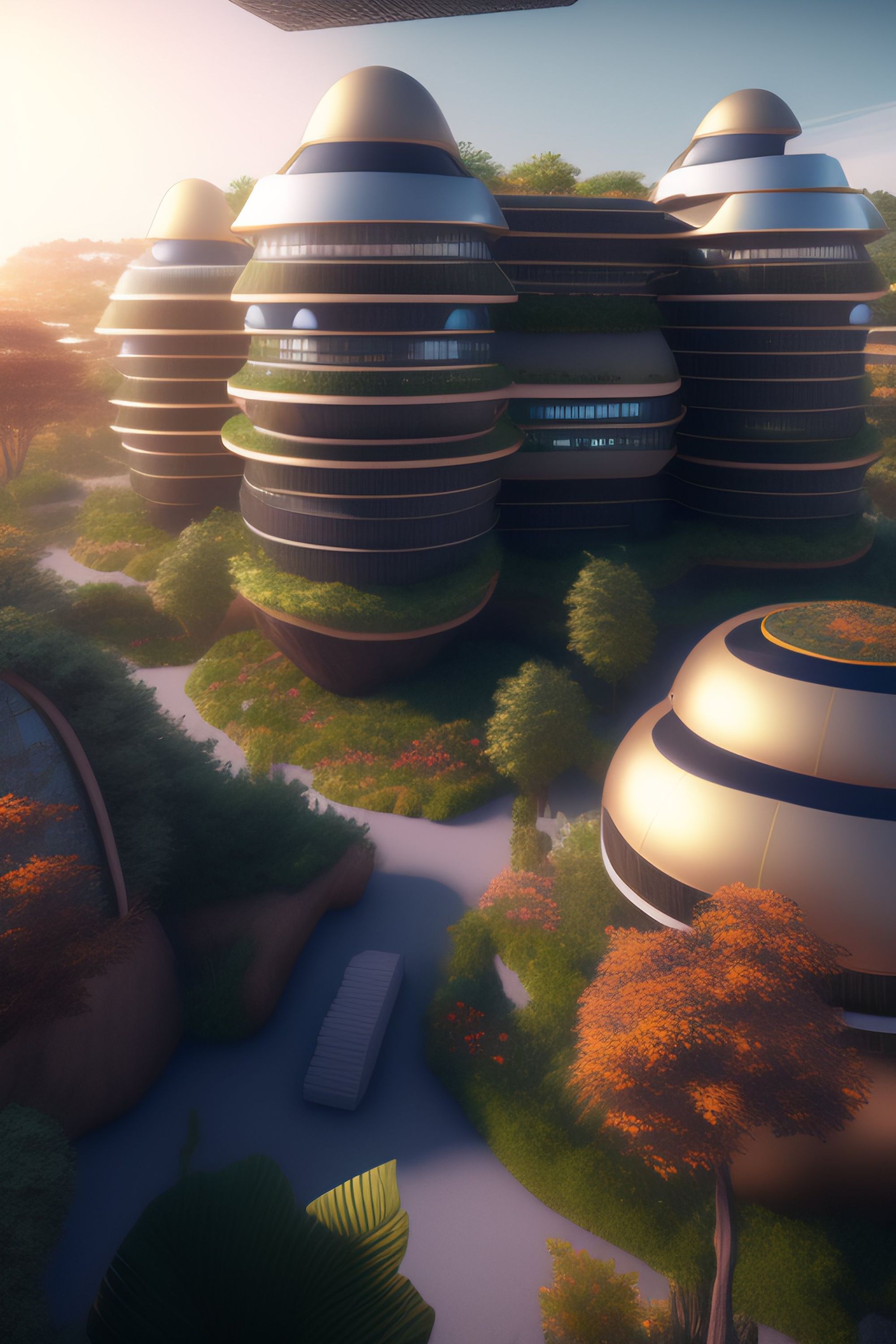Celestial Havens: Unveiling the Top Contenders for Future Human Habitats
Despite these hurdles, ongoing research and technological advancements bring us closer to the possibility of establishing a human presence on the Red Planet.

Introduction
The exploration of space has always captivated the human imagination. From the first moon landing to the discovery of exoplanets, our fascination with the cosmos continues to grow. As we venture further into the unknown, the question of human habitation beyond Earth becomes increasingly relevant. In this article, Digital Marketing Legend "Srinidhi Ranganathan" explores the top contenders for future human habitats in the celestial realm. These potential havens offer unique opportunities and challenges, and their exploration could shape the future of humanity.
- Mars: The Red Planet
Mars, often referred to as the "Red Planet," has long been a subject of interest for scientists and space enthusiasts alike. Its proximity to Earth and its similarities to our own planet make it an ideal candidate for future human colonization. With its thin atmosphere and frozen water reserves, Mars offers the potential for sustainable living conditions.
However, Mars is not without its challenges. The harsh radiation, extreme temperatures, and lack of a breathable atmosphere pose significant obstacles to human habitation. Additionally, the long-duration space travel required to reach Mars presents its own set of physical and psychological challenges for astronauts. Despite these hurdles, ongoing research and technological advancements bring us closer to the possibility of establishing a human presence on the Red Planet.

- The Moon: Earth's Natural Satellite
The Moon, our closest celestial neighbour, has always held a special place in human history and culture. With its proximity to Earth and its familiar landscape, the Moon presents a compelling option for future human habitats. The presence of water ice in permanently shadowed regions opens up possibilities for sustainable resource utilization.
The Moon's lower gravity compared to Earth poses both advantages and challenges. The reduced gravity allows for easier launch and landing operations, making it an ideal staging point for further space exploration. However, the long-term effects of lunar gravity on human health and physiology are still not fully understood. Further research is needed to ensure the well-being of future lunar inhabitants.
3. Titan: Saturn's Moon
Beyond Mars and the Moon, the outer solar system offers intriguing possibilities for human habitation. Among these, Titan, Saturn's largest moon, stands out as a potential celestial haven. Titan's thick atmosphere, rich in nitrogen and hydrocarbons, could provide a source of breathable air and fuel for future settlers.
However, the extreme cold and lack of sunlight on Titan present significant challenges. The average surface temperature of -290 degrees Fahrenheit (-179 degrees Celsius) requires advanced technology and infrastructure to maintain habitable conditions. Additionally, the distance from Earth and the harsh radiation environment in the outer solar system make Titan a more challenging destination for human exploration.

4. Enceladus: Saturn's Moon
Another moon of Saturn, Enceladus, has recently garnered attention for its potential as a human habitat. Enceladus is known for its geysers, which spew water vapour and icy particles into space. This discovery suggests the presence of a subsurface ocean, making Enceladus a prime candidate for further exploration.
The subsurface ocean on Enceladus offers the possibility of liquid water, a crucial ingredient for life as we know it. The presence of hydrothermal vents could provide a source of energy and nutrients, creating a potentially habitable environment. However, the challenges of reaching Enceladus and exploring its subsurface ocean are significant, requiring advanced spacecraft and robotic technology.
Conclusion
As we look to the future of human habitation beyond Earth, the exploration of celestial havens becomes increasingly important. Mars, the Moon, Titan, and Enceladus offer unique opportunities and challenges for future human settlers. From the harsh conditions of Mars to the potential for subsurface oceans on Enceladus, each celestial body presents its own set of obstacles to overcome.
While the challenges of space exploration and colonization are immense, the potential benefits are equally significant. The establishment of human habitats beyond Earth could pave the way for scientific discoveries, resource utilization, and the long-term survival of our species. As we continue to push the boundaries of space exploration, the celestial havens of the solar system beckon us to embark on a new chapter in human history.





